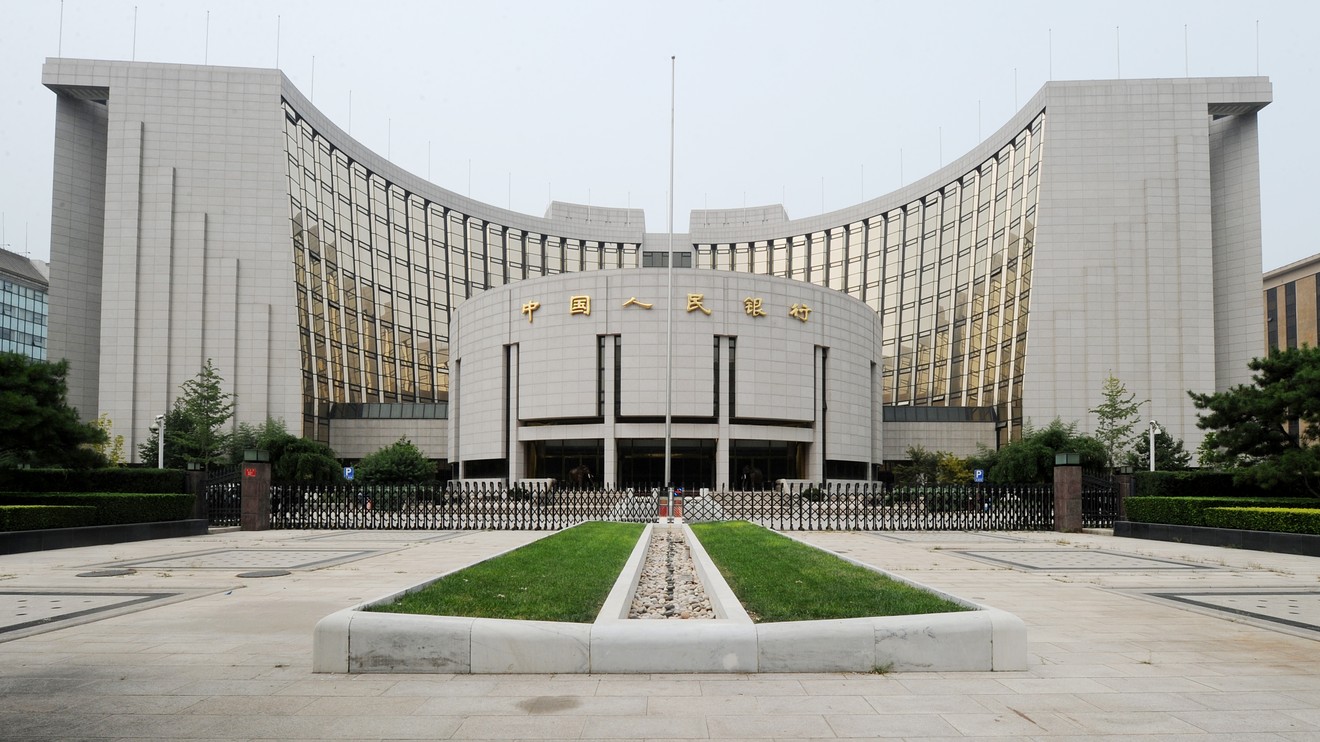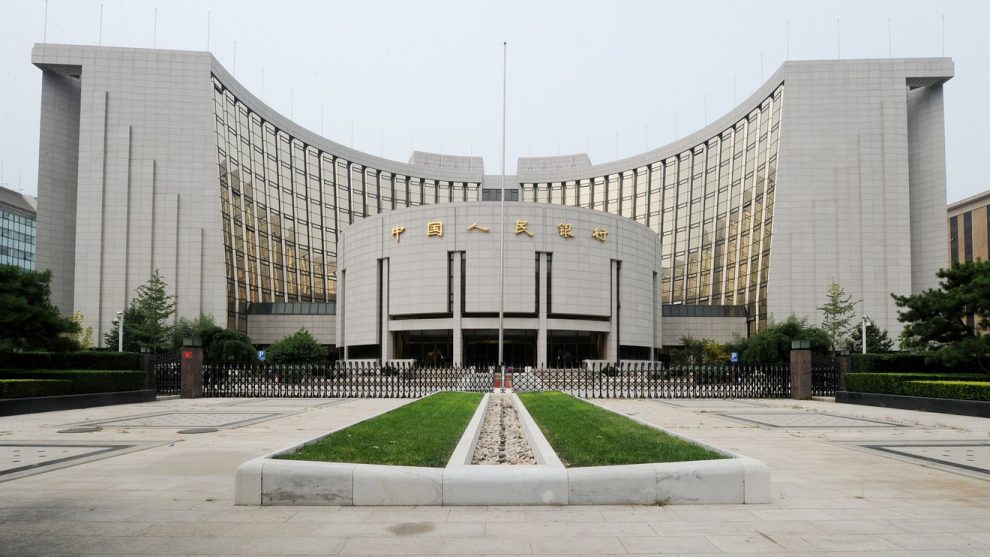
Asian markets were mixed in quiet trading early Tuesday, after China’s central bank announced its new benchmark lending rate.
The People’s Bank of China set the one-year Loan Prime Rate at 4.25%, down from 4.31% previously, according to the Wall Street Journal. The PBoC announced the new benchmark mechanism over the weekend, which essentially serves the function of a rate cut.
Hong Kong’s Hang Seng Index HSI, -0.07% surrendered early gains and was last down 0.2%, while the Shanghai Composite SHCOMP, +0.07% also gave up early gains and was last about flat. Japan’s Nikkei NIK, +0.39% rose 0.4% while South Korea’s Kospi 180721, +0.59% gained 0.5%. Benchmark indexes in Taiwan Y9999, +0.39% , Singapore STI, +0.26% , Malaysia FBMKLCI, +0.18% and Indonesia JAKIDX, +0.02% were mixed. Australia’s S&P/ASX 200 XJO, +0.84% advanced 0.7% as minutes of the Reserve Bank of Australia’s July meeting revealed central bankers would consider further monetary easing if necessary.
Among individual stocks, electronics maker Screen Holdings 7735, +3.80% gained in Tokyo trading, while convenience-store chain FamilyMart 8028, -3.57% fell, following strong gains Monday. In Hong Kong, Apple component makers AAC 2018, +6.17% and Sunny Optical 2382, +6.06% rose, while Wharf Real Estate 1997, -0.53% and other developers’ stocks declined. Auto makers Hyundai Motor 005380, -1.95% and Kia 000270, -1.72% sank in South Korea, while Apple supplier Largan Precision 3008, +2.01% advanced in Taiwan. Beach Energy BPT, +7.50% soared in Australia after blowing away fiscal-year earnings expectations.
On Tuesday, Wall Street rallied on the U.S. decision to give Chinese telecom giant Huawei another 90 days to buy equipment from American suppliers.
That decision appeared to inspire a buying mood among investors eager for any signs of progress in the trade war between the U.S. and China.
The S&P 500 SPX, +1.21% climbed 34.97 points, or 1.2%, to 2,923.65. The Dow Jones Industrial Average DJIA, +0.96% rose 249.78 points, or 1%, to 26,135.79. The index briefly gained 336 points. The Nasdaq COMP, +1.35% , which is heavily weighted with technology stocks, rose 106.82 points, or 1.3%, to 8,002.81.
Recently investors have been trying to determine whether a recession is on the horizon in the U.S. A key concern is that the escalating and costly trade conflict between the world’s two biggest economies will hamper growth around the globe.
Earlier this month, Trump announced plans to extend tariffs across virtually all Chinese imports, many of them consumer products that were exempt from early rounds of tariffs. The tariffs have been delayed, but ultimately will raise costs for U.S. companies bringing goods in from China.
Huawei has become part of the trade war, with the White House showing a willingness to use sanctions against the company as a bargaining chip. The U.S. government blacklisted Huawei in May, deeming it a national security risk, meaning U.S. firms aren’t allowed to sell the company technology without government approval.
“While it is not unexpected, the extension for the easing of Huawei sanctions had added to the relief for markets at the start of the week,” said Jingyi Pan, market strategist for IG in Singapore.
Benchmark crude oil CLV19, -0.04% inched down 1 cent to $56.13 a barrel. Brent crude BRNV19, +0.00% , the international standard, rose 4 cents to $59.78 a barrel.
The dollar USDJPY, -0.05% rose to 106.59 yen from 106.36 yen Monday.









